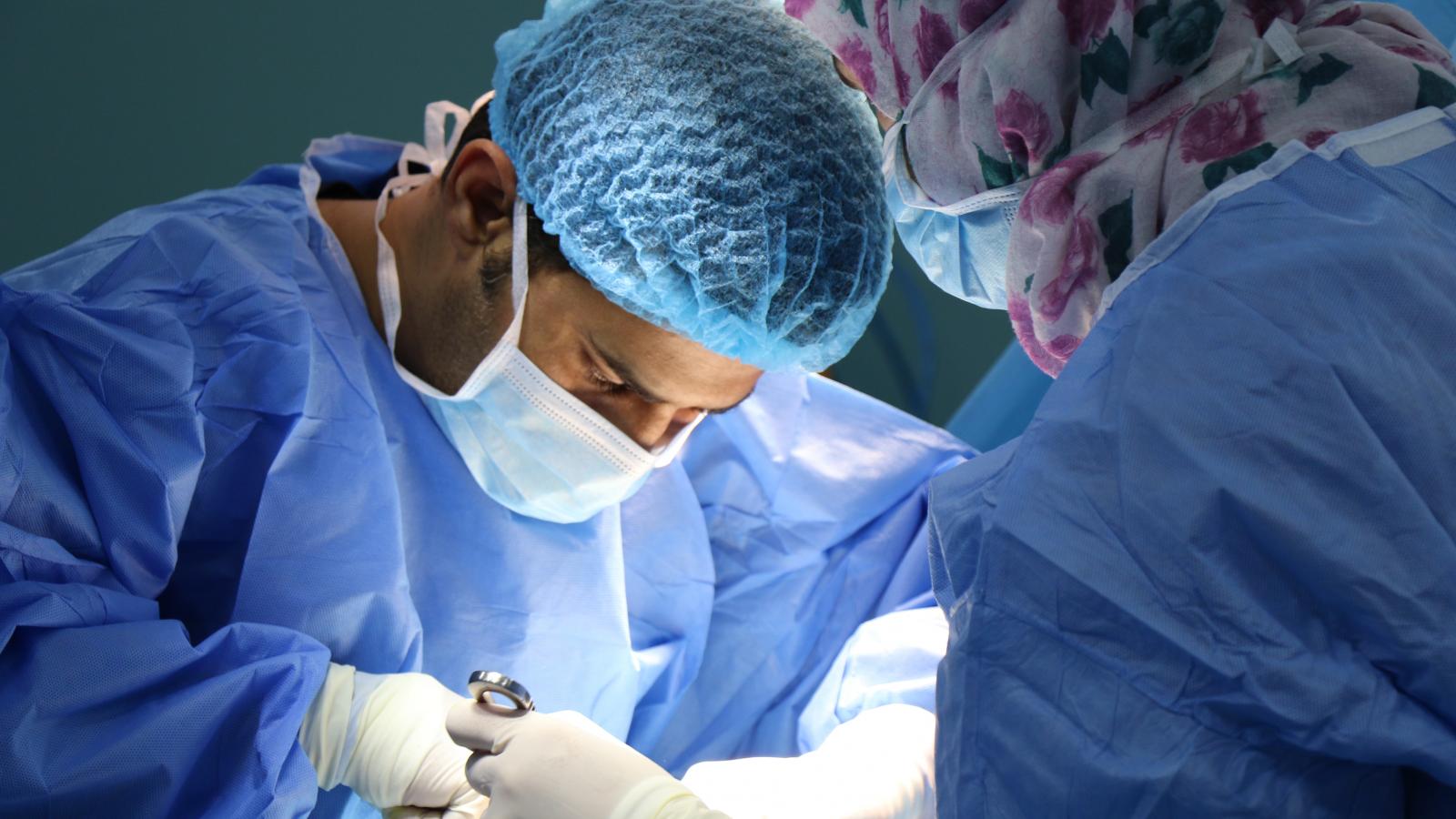Surgery for gall bladder cancer

Removing the gall bladder (cholecystectomy)
Pronounced: “co-luh-sis-tek-tommy”
This is an operation to remove just your gall bladder. The operation can be done through a cut in your tummy (open surgery) or using a tiny camera with a light and special surgical instruments which are put into very small cuts. This is called keyhole surgery or laparoscopic cholecystectomy. The advantage of keyhole surgery is that you normally recover much more quickly and have smaller scars.
You will have a general anaesthetic for this operation. During the operation carbon dioxide will be pumped into your tummy to make more space for the operation.
Extended cholecystectomy – removing other tissues and organs
Usually your surgeon will remove some of surrounding tissues as well as the gall bladder. This is to try to stop the cancer coming back. For example, some of the liver next to your gall bladder and the lymph nodes around your gall bladder.
The tissues removed will be checked for cancer cells. If there are cancer cells, you may have more surgery. If they are free of cancer (called ‘clear margins’), there is a lower risk of the cancer coming back.
If the cancer has spread outside your gall bladder to nearby lymph nodes, your surgeon will remove other tissues and organs, for example:
- More of the liver
- Bile duct
- Some or all of the ligament that connects your liver and intestines
- More lymph nodes, such as those around the pancreas, liver, intestines
- The pancreas
- The duodenum
Stents
It’s quite common for the bile duct to be blocked if you have gall bladder cancer. This is caused by a build-up of bile because it cannot drain into your small bowel. In this case you might have a stent put in. This is small metal or plastic tube which keeps the bile duct open.
Usually the stent will be put in during an ERCP – when a tube with a camera and a light is put down your throat into your digestive system.
It can also be put in using a method called PTC (percutaneous transhepatic cholangiogram). This uses a needle and wire to pass the stent into the bile duct through the skin, via your liver.
In both cases, X-ray images will help the surgeon to guide the stent into the right place. You will have a local anaesthetic. You will probably need to stay in hospital for a few days.
For more information, you can talk to one of our cancer nurses. Call our Supportline on Freephone 1800 200 700 or call into a Daffodil Centre.
For more information
Phone
1800 200 700




